Archive for Items Categorized 'Aviation', only excerpts shown, click title for full entry.
Vulcan Test Pilot: My Experiences in the Cockpit of a Cold War Icon

by Tony Blackman
Although there have been many books written about the Vulcan bomber program, this is the first to be authored by one of the project’s test pilots. Blackman logged over 1300 hours flying 105 of the 136 copies built and offer here a first-hand commentary
Robert Taylor’s Battle of Britain: Commemorative Collection

by Robert Taylor
WWII’s Battle of Britain was the first major campaign in which aerial warfare was a, if not the, decisive factor. Its 70th anniversary in 2010 prompted this compilation book of paintings by one of the dominant names in aviation (and other military) art.
Vikings at Waterloo: The Wartime Work on the Whittle Jet Engine by the Rover Company

by David S. Brooks
This is, sad to say, a dull book about an exciting topic. It concerns itself with the wartime development work on the Whittle jet engine done by the Rover, Lucas, and Rolls-Royce companies up to 1943 in the Waterloo Mill area of England.
Sänger: Germany’s Orbital Rocket Bomber in World War II
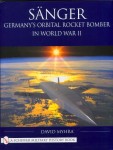
by David Myhra
Everyone knows NASA’s Space Shuttle. Many know the X-15 and -20. But few outside the rocketry community know the craft or the man that provided key theoretical underpinnings for their propulsion systems and the principle of the lifting body, Eugen Sänger.
Flying Cars, Amphibious Vehicles and Other Dual Mode Transports

by George W. Green
This book lists just about everyone from 1900 to 2010 who has ever publicly stated an intention to build either a flying car, a car/boat combination, or any other land/sea/air multi-use vehicle. Green briefly summarizes what is known about each effort and in rare cases, its success or failure.
From Balloon to Boxkite: The Royal Engineers and Early British Aeronautics
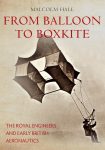
by Malcolm Hall
It’s not for nothing that the British Royal Engineers’ motto is “Ubique” (Everywhere). In their 900-year history they have been involved in every major conflict the British Army has fought in the far-flung British Empire, here and there and—everywhere.
The Art of the Airways

by Geza Szurovy
Award-winning aviation journalist Geza Szurovy has had a life-long love affair with airplanes and he’s even a pilot himself. And because he thinks about the world and the place of everything in it, he connects some interesting dots.
Higher and Faster: Memoir of a Pioneering Air Force Test Pilot
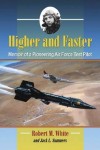
by Robert M. White and Jack L. Summers
US Air Force Major General Bob White (1924–2010) was the man who, in 1961 and 1962, flew the X-15 sixteen times to a speed of 4,094 mph (just short of Joe Walker’s 4,105 mph record) and an altitude of 314,750 feet (59.6 miles), earning White his astronaut wings.
Airplane Racing: A History, 1909–2008
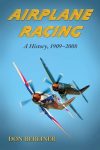
by Don Berliner
Berliner has been writing books and magazine articles about airplane racing for five decades and here gives us a data-packed 260 pages describing more than 187 separate air racing events worldwide. For the time period between 1909 (the first race in France) and 2008 he lists who won each event, what they flew, and what engine twisted the prop.
Air Force One
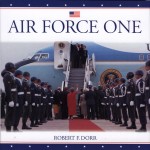
by Robert F Dorr
Published a year after the 9/11 terrorist attacks on the US that represented the severest test yet of America’s emergency preparedness system this book offers a comprehensive look at the purpose and history of transporting the Chief Executive and Commander in Chief by air.
TSR2 – Britain’s Lost Bomber

by Damien Burke
Developed in the late 1950s this revolutionary aircraft was cancelled in 1965 after only one prototype was completed and flight testing had just begun. The word “bomber” in the title alongside the program designation “TSR” (Tactical Strike Reconnaissance) is an indication of the friction that would first lead to muddled development and ultimate cancellation.
U.S. Naval Aviation
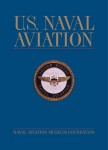
by M. Hill Goodspeed & Richard R. Burgess
After taking a first, skeptical look at the newfangled flying machine in 1898 it would take until May 8, 1911 that the Navy placed its first order for a proper aeroplane, and that day was later designated as the official birthday of naval aviation in the US. First published in 2001, this now revised and updated version of the book celebrates a big round number: 100 years.


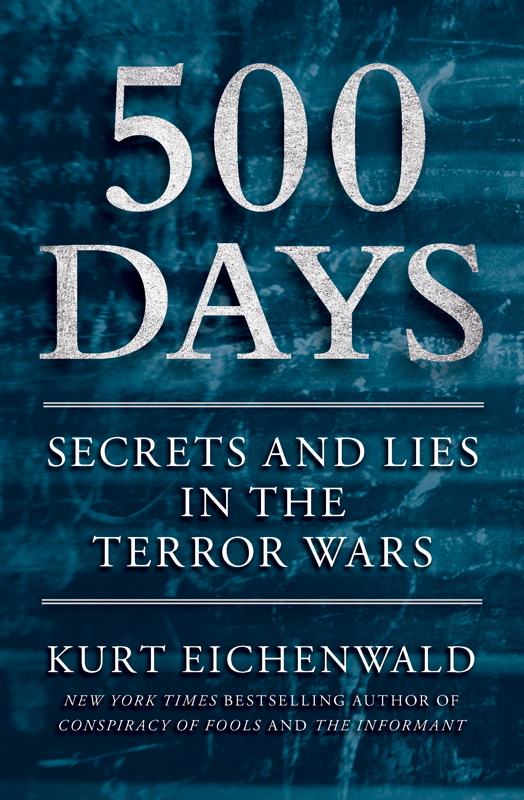
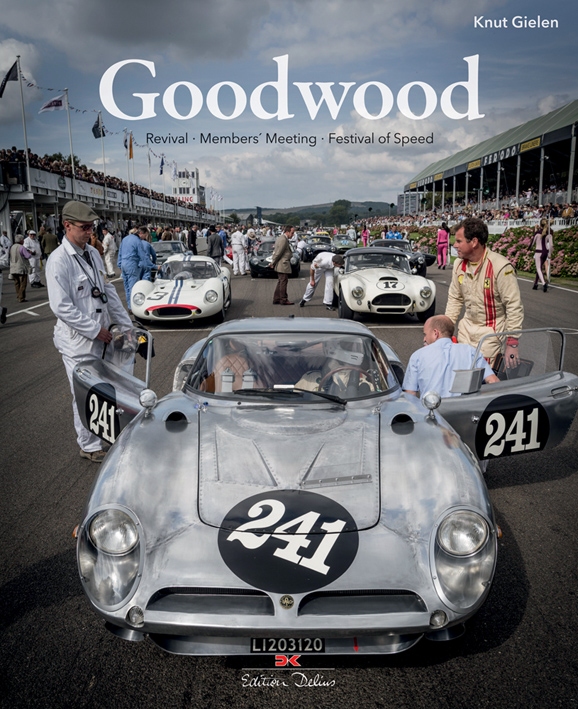




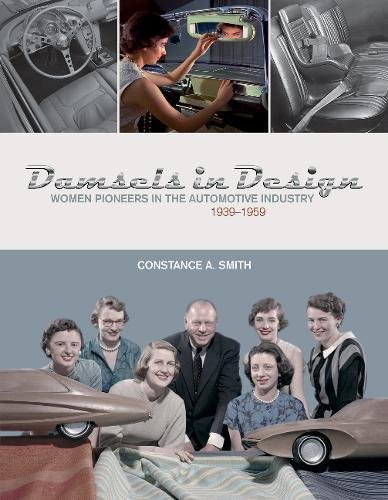
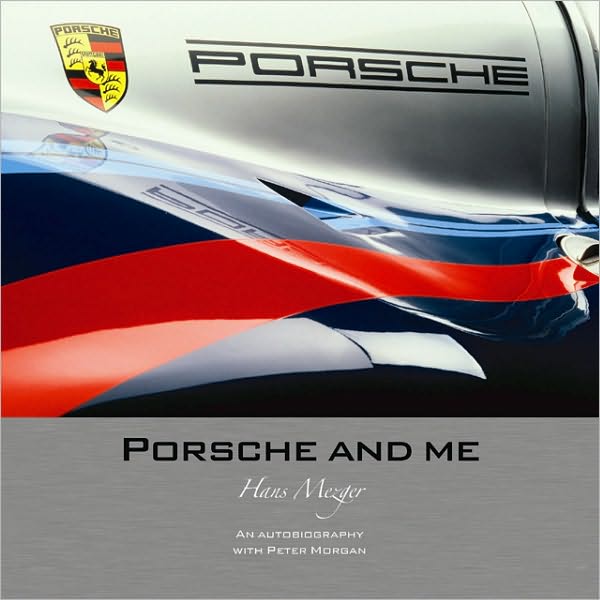
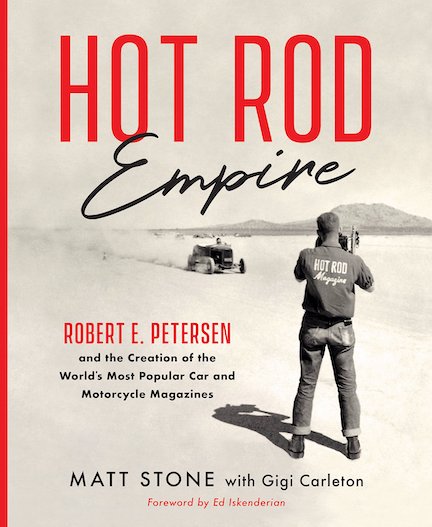
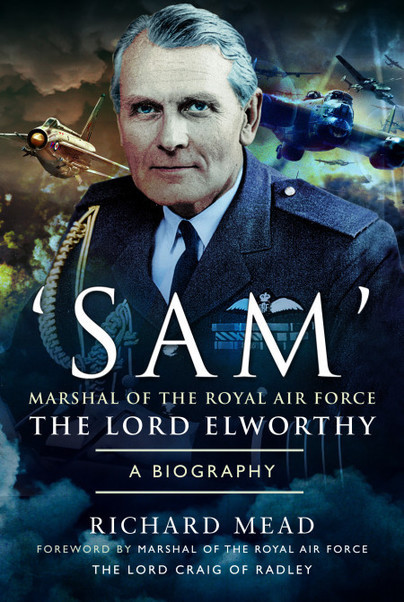
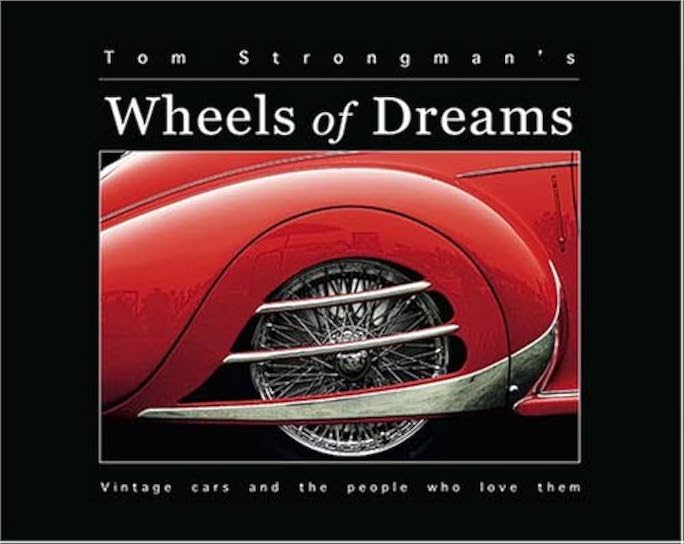
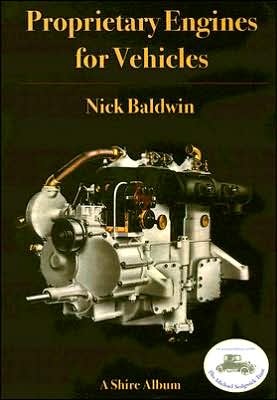

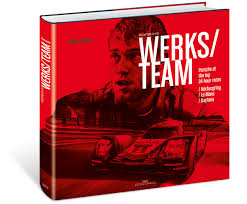



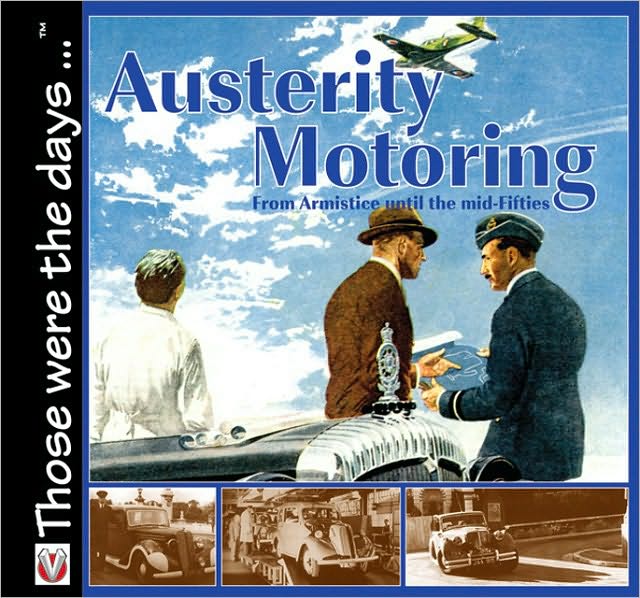
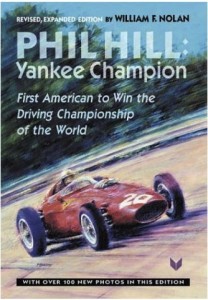
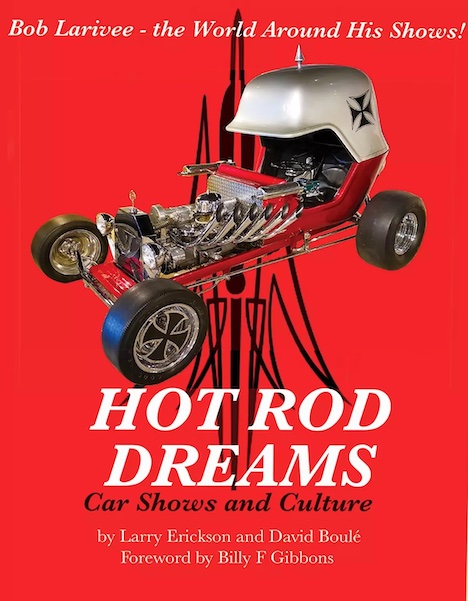

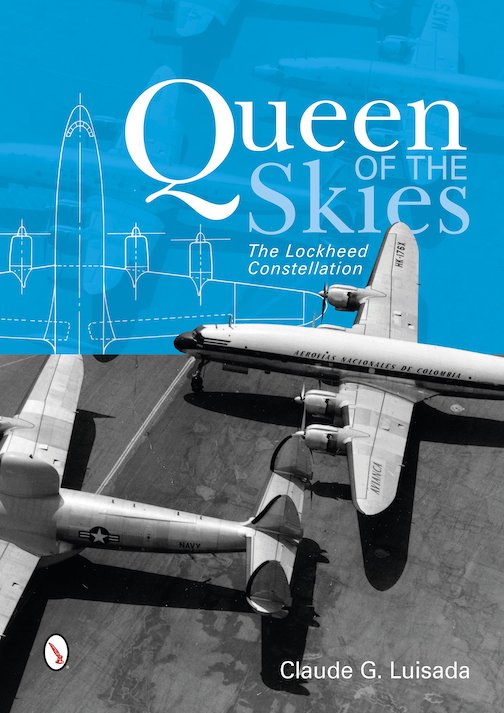
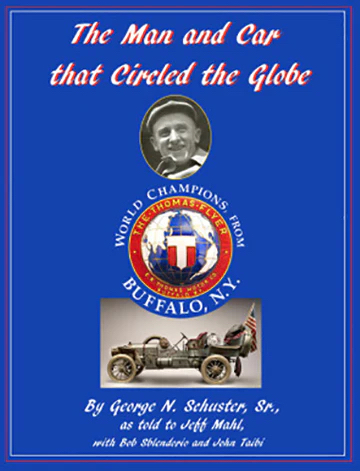

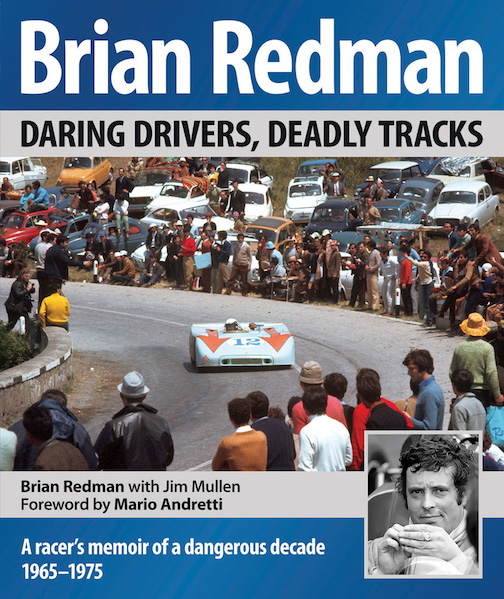
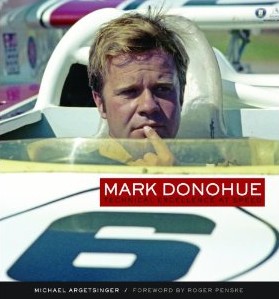
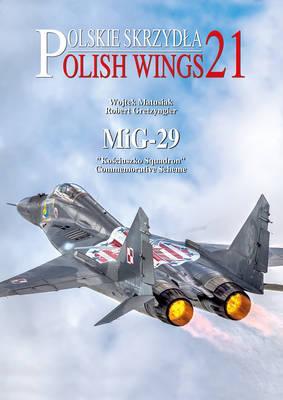
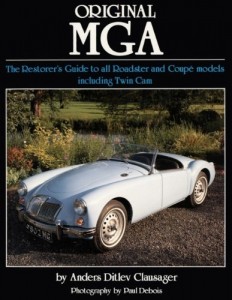



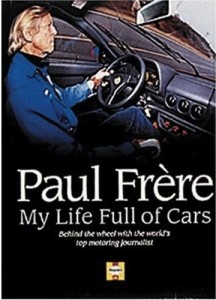
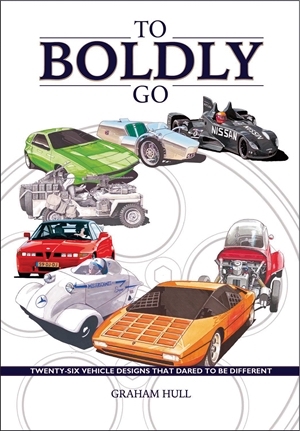
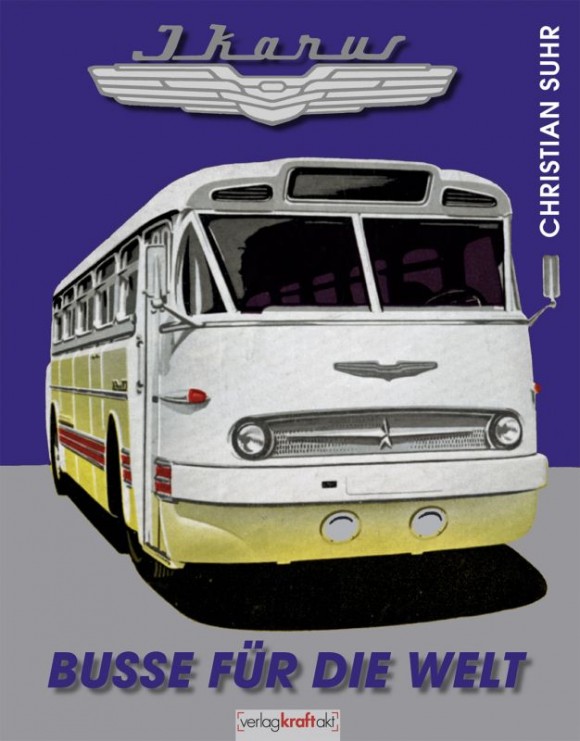

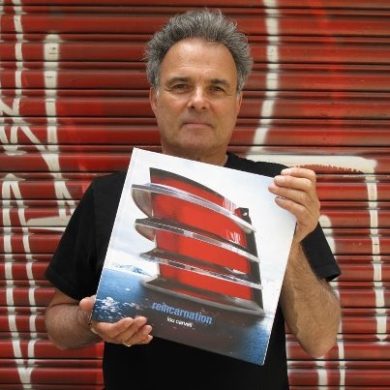
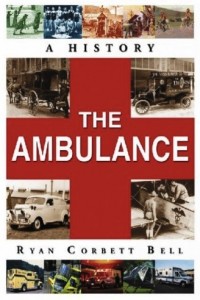





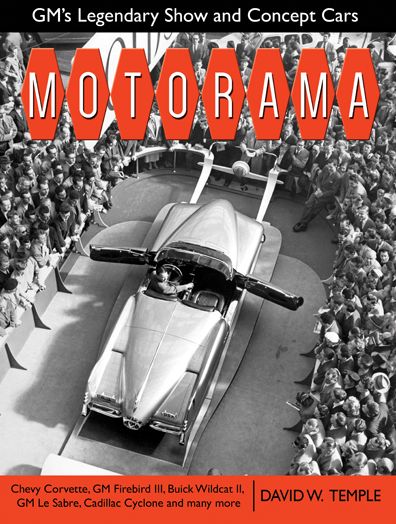


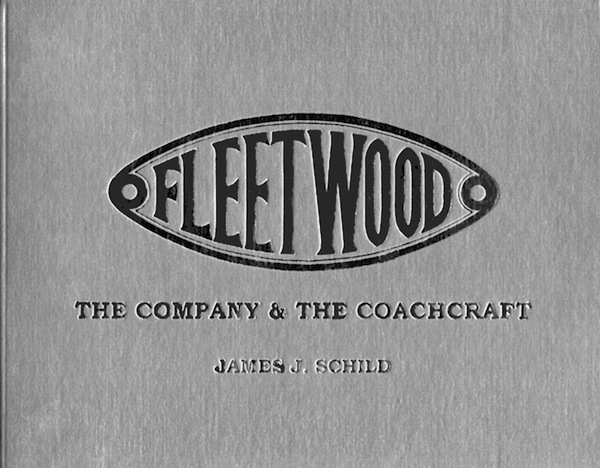


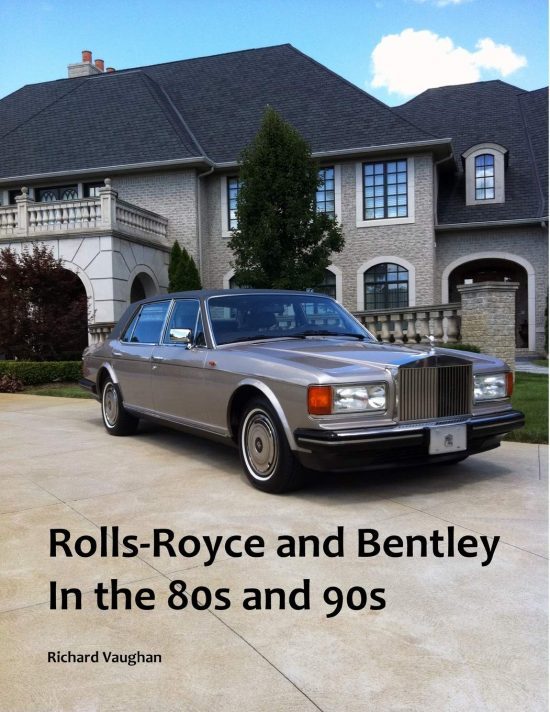
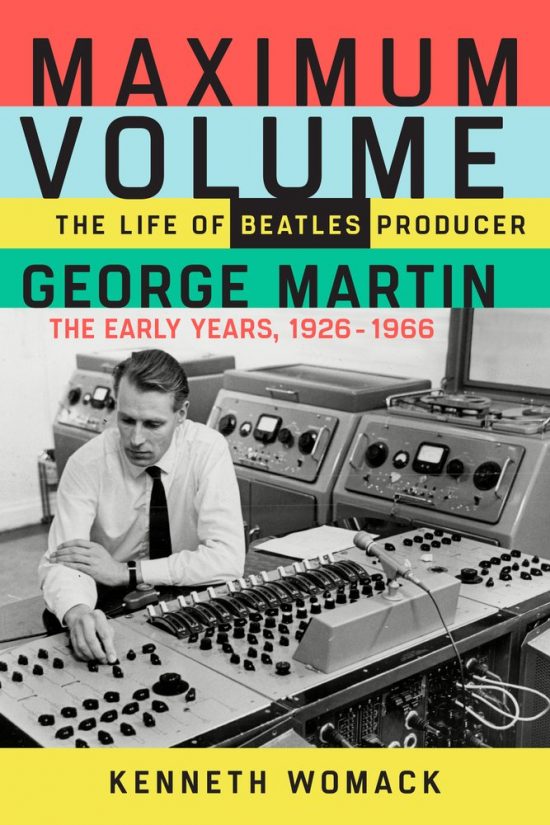

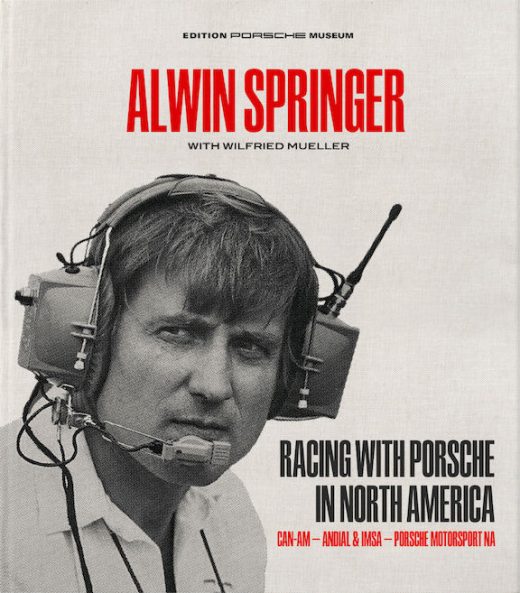
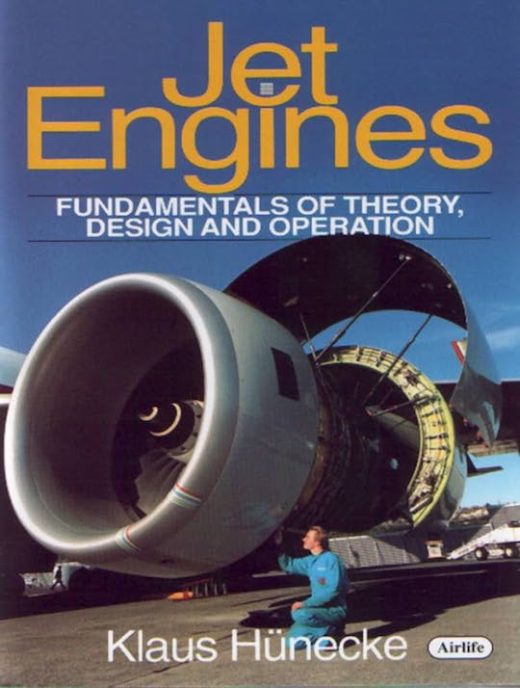
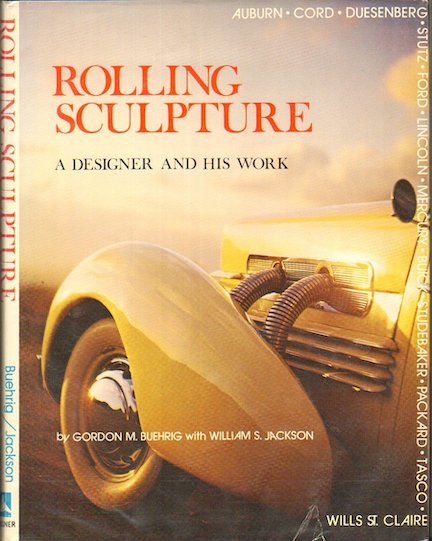

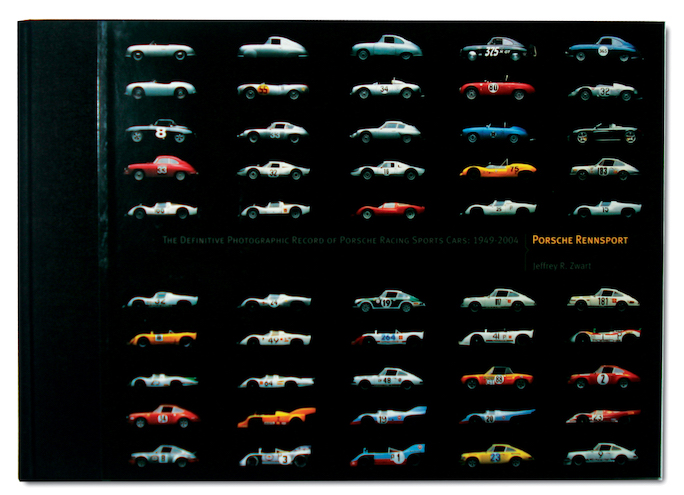
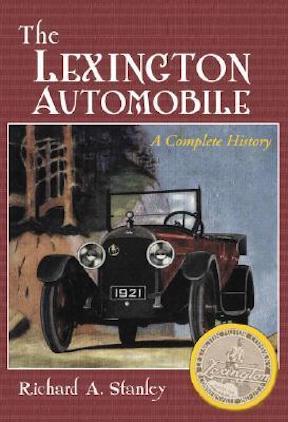

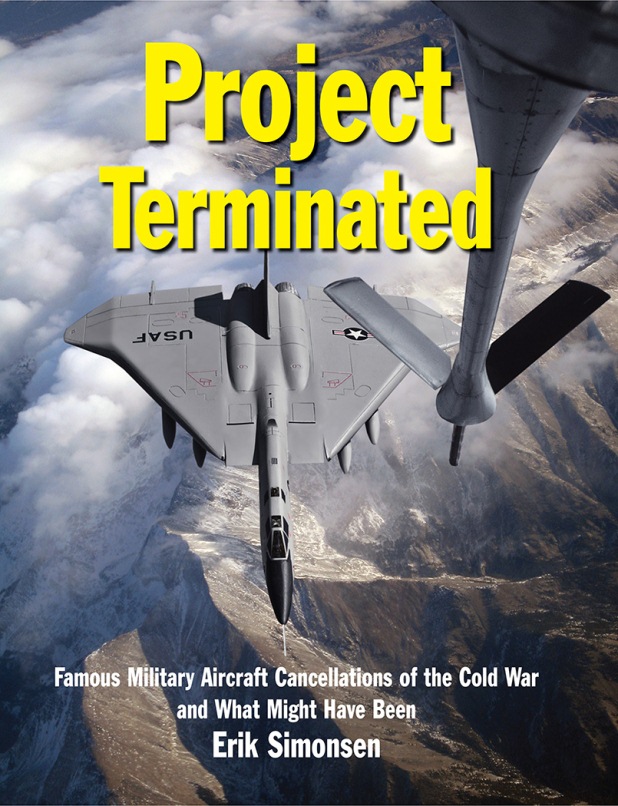
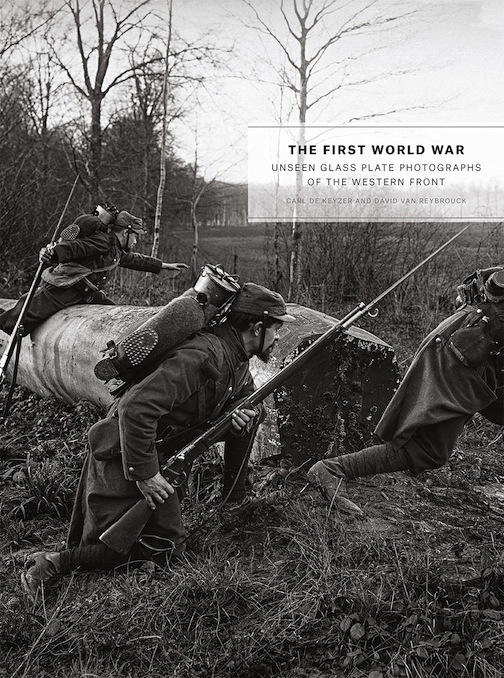



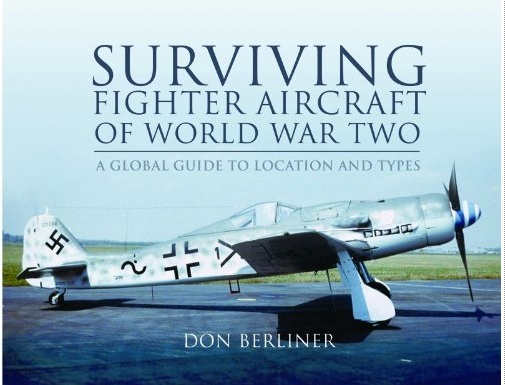

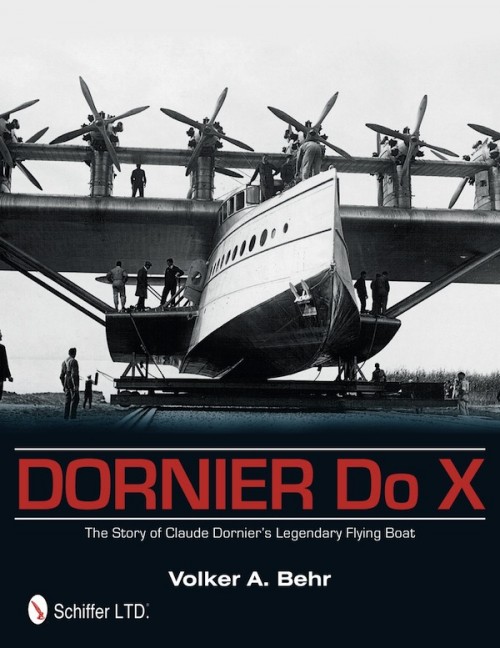
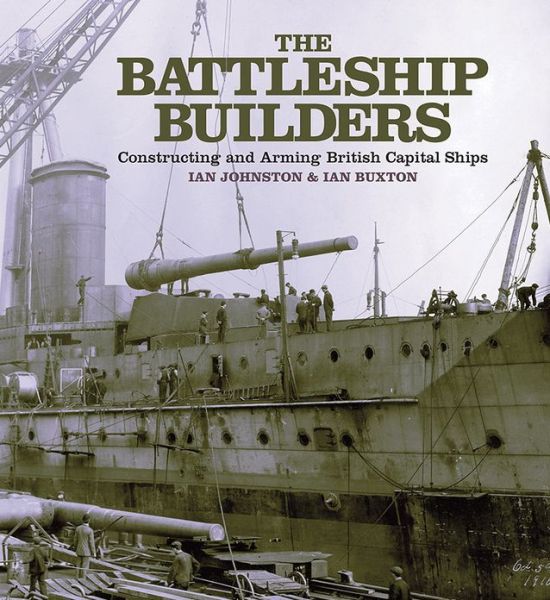




 Phone / Mail / Email
Phone / Mail / Email RSS Feed
RSS Feed Facebook
Facebook Twitter
Twitter